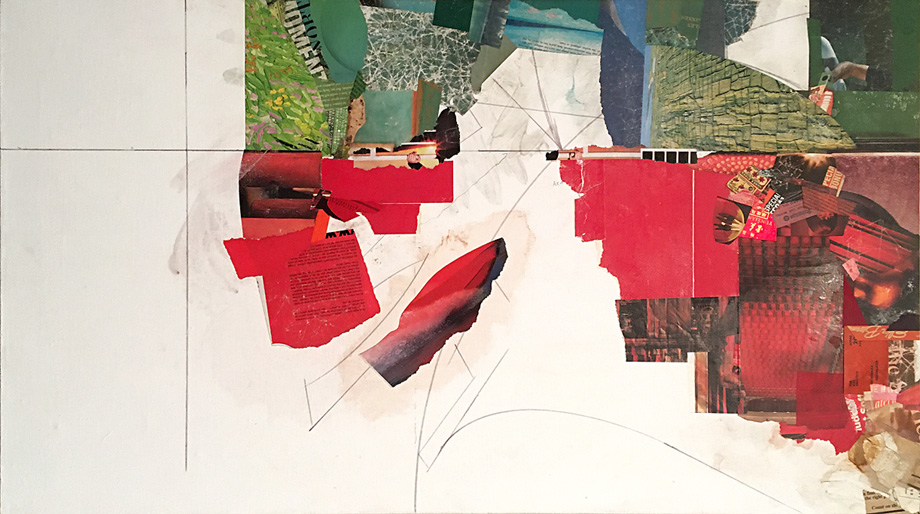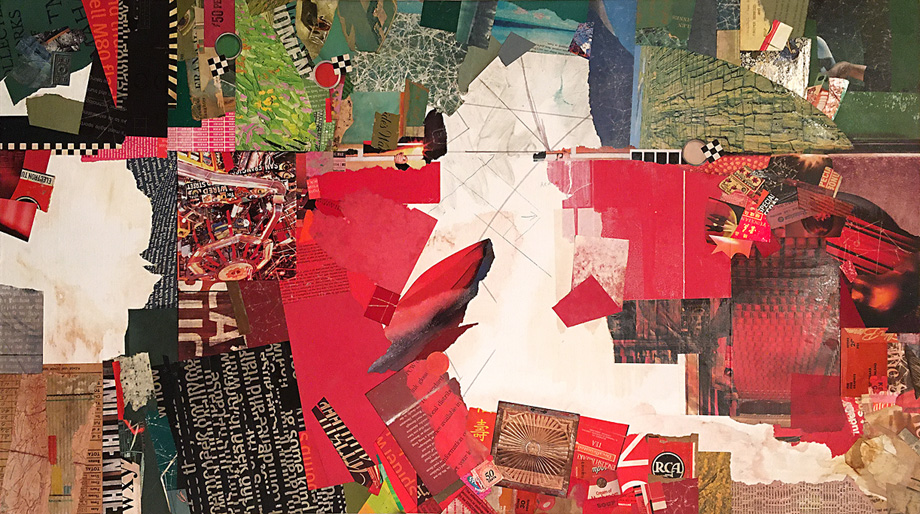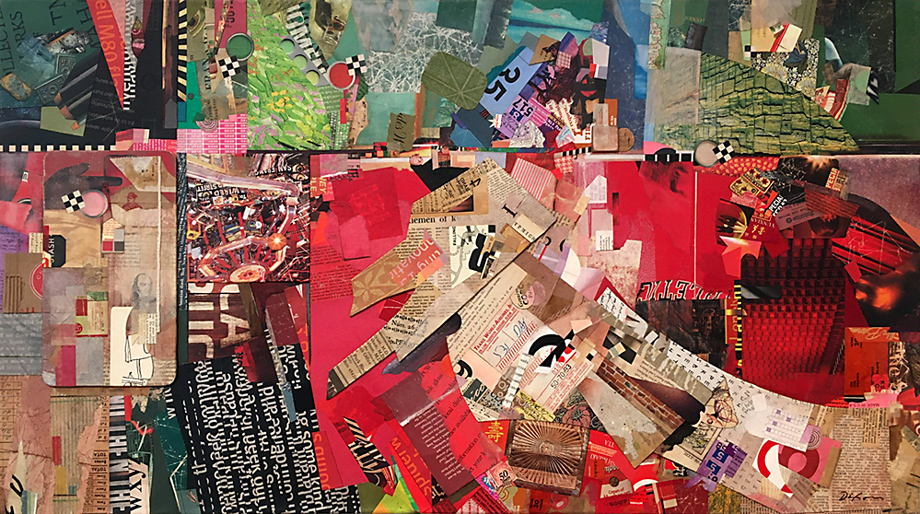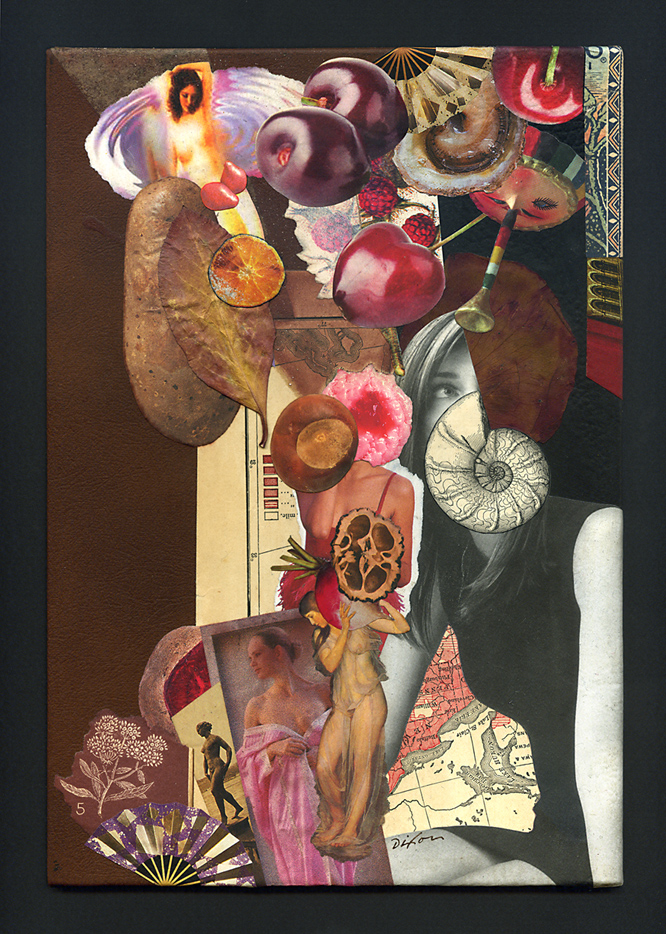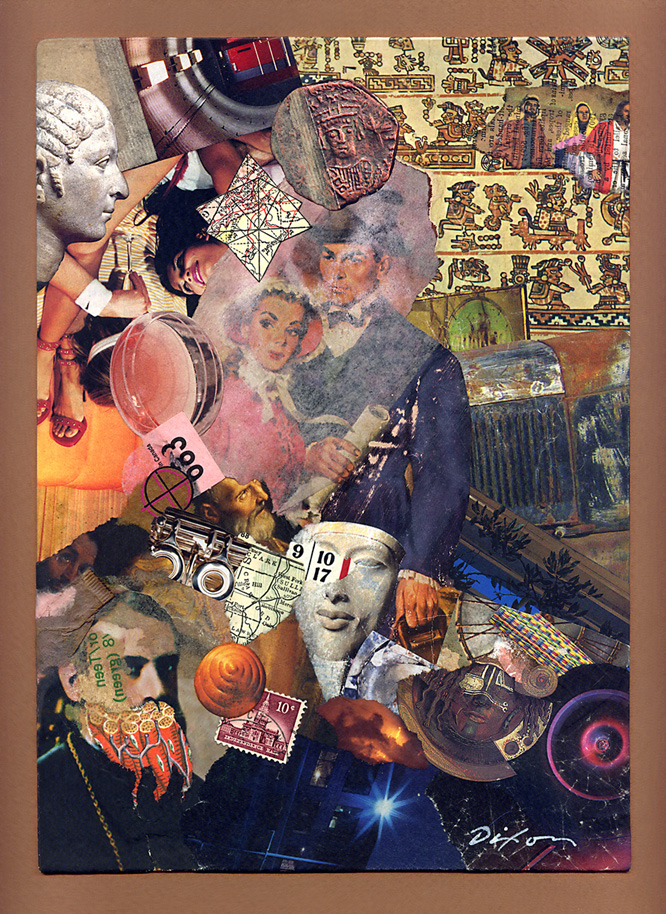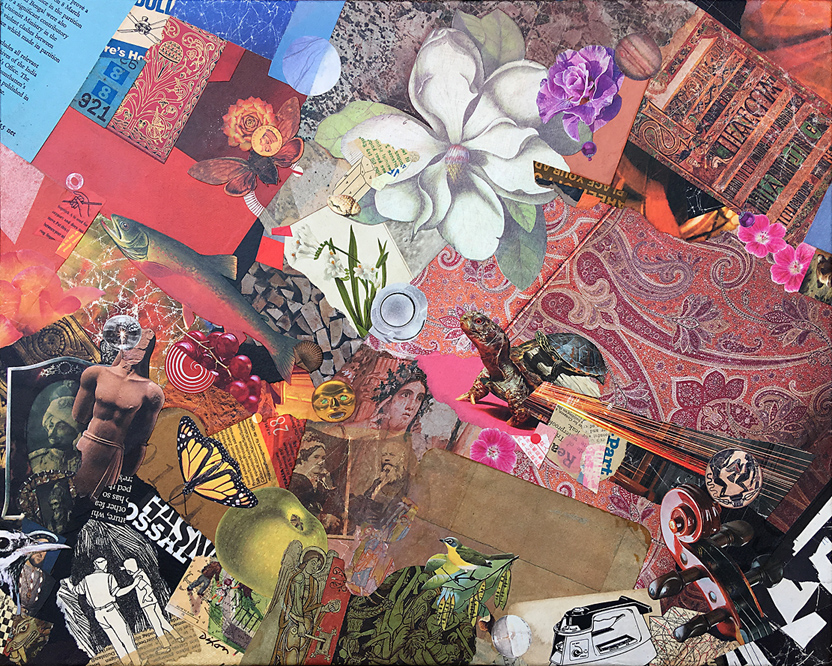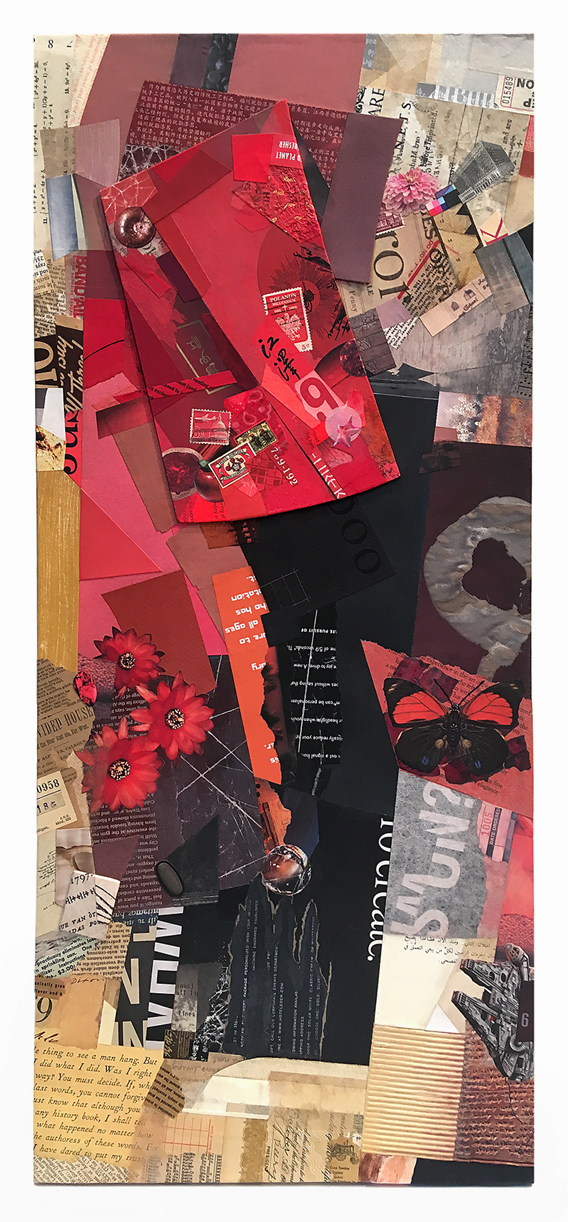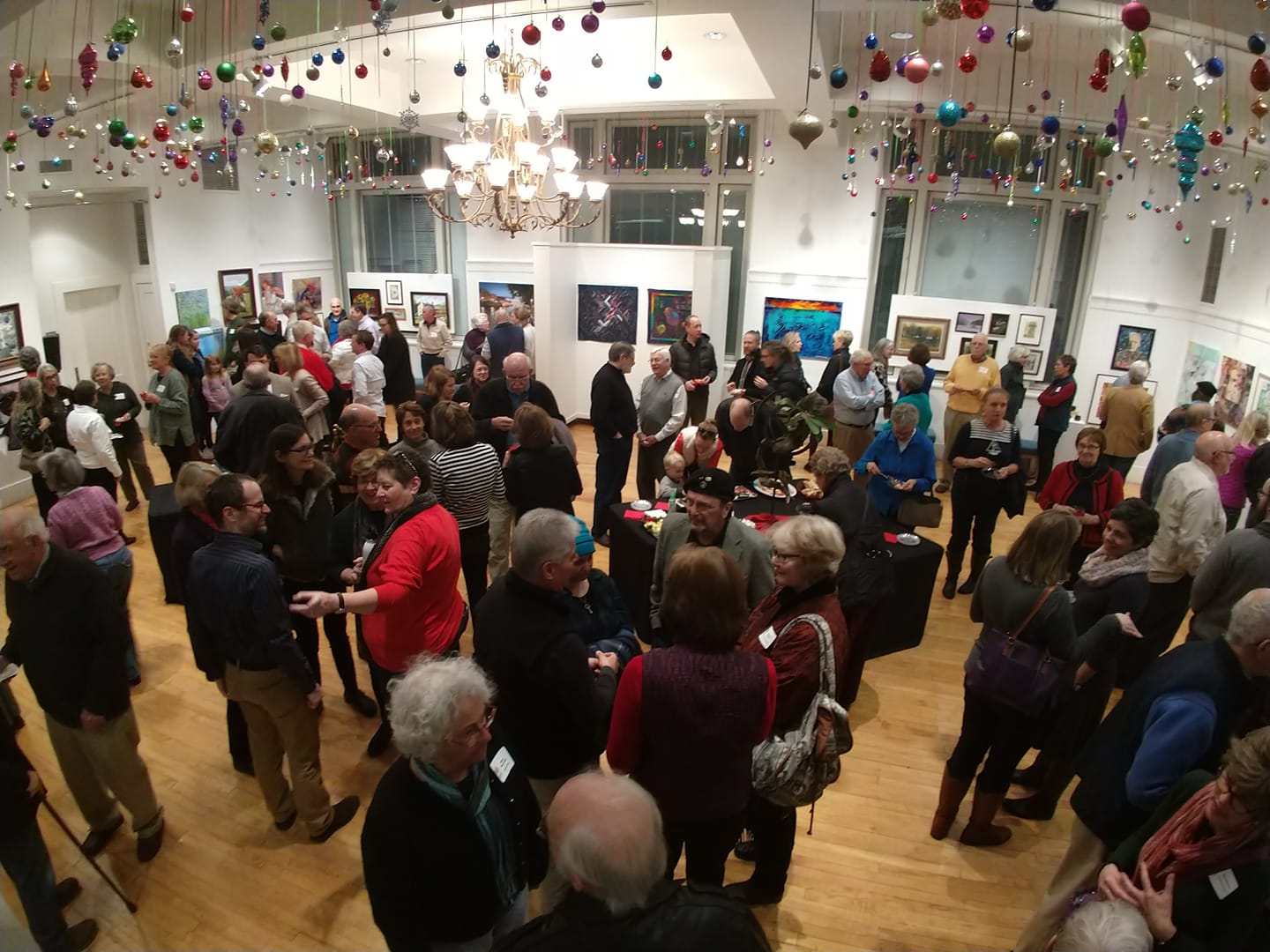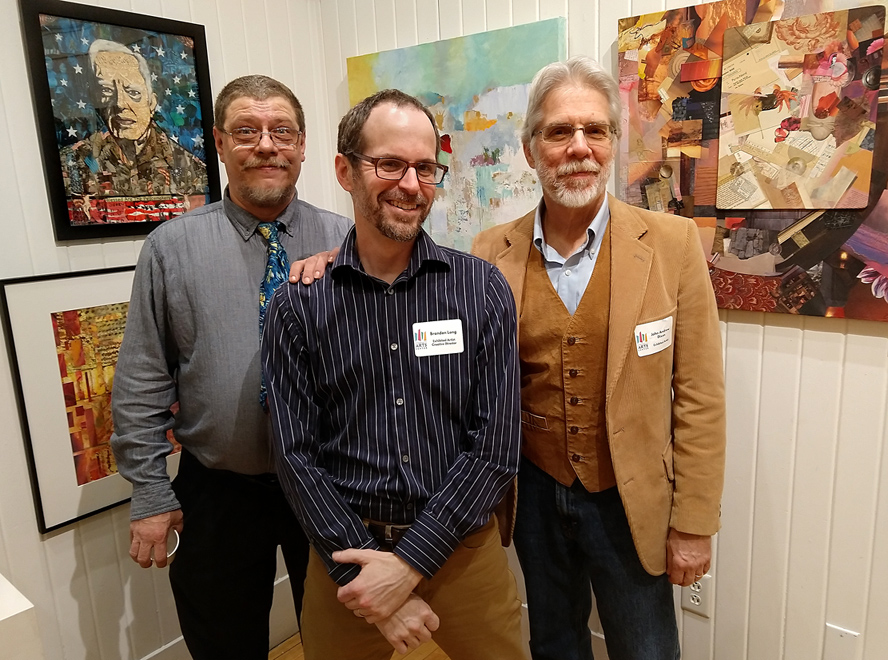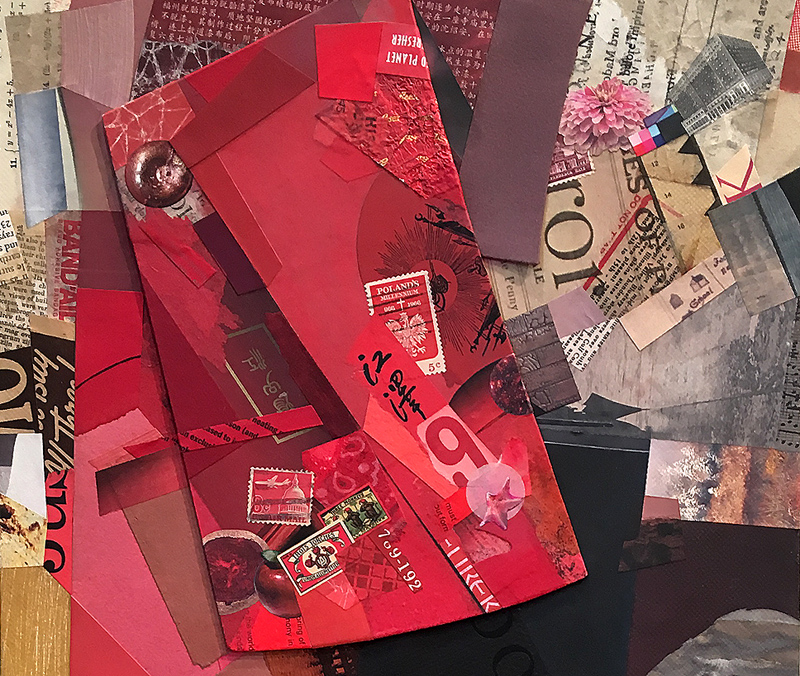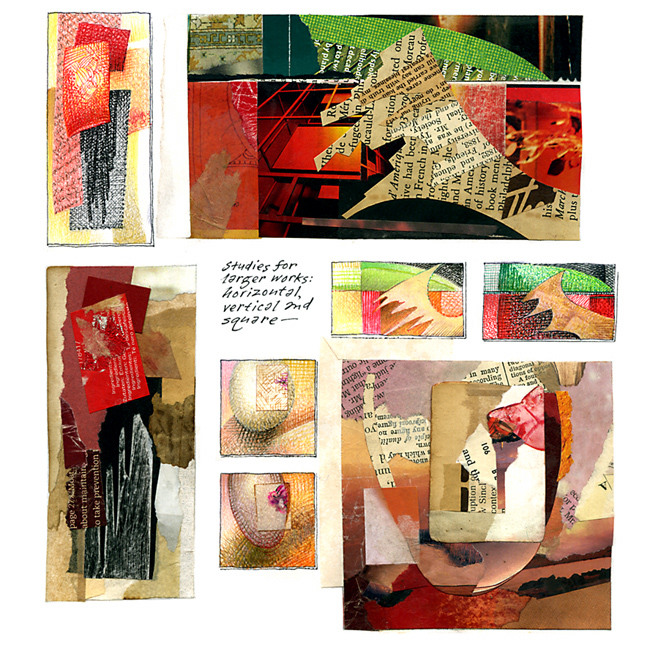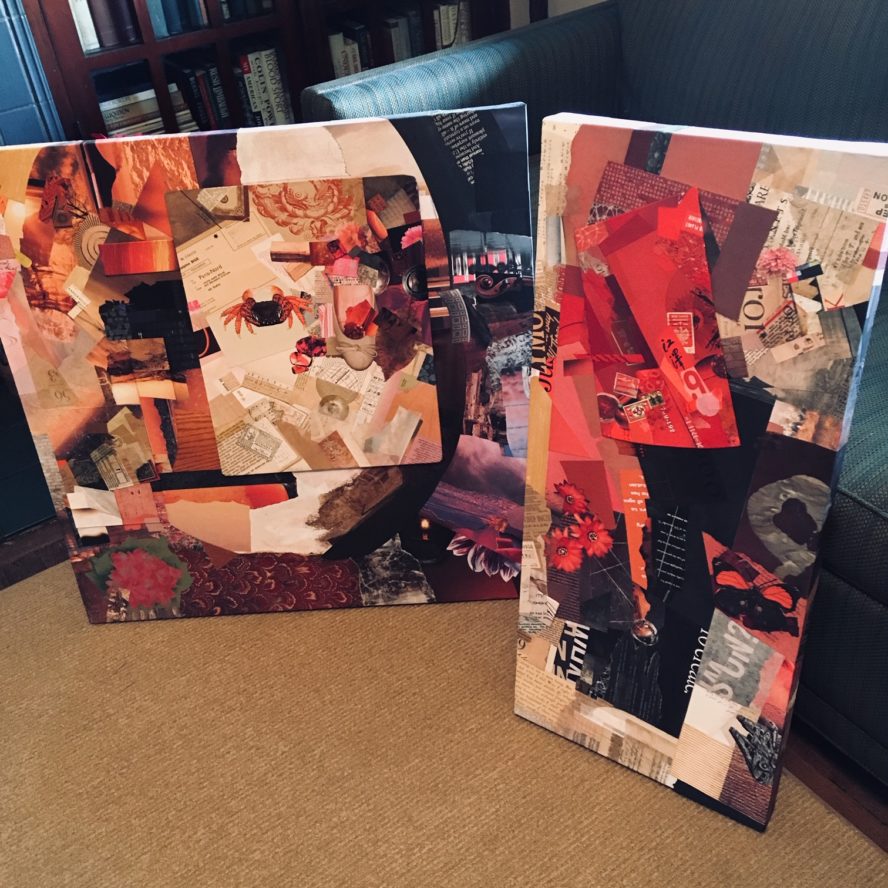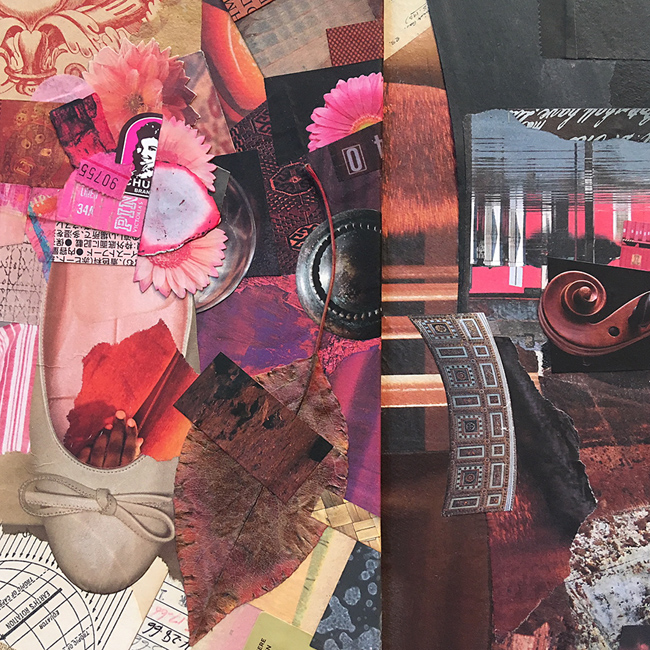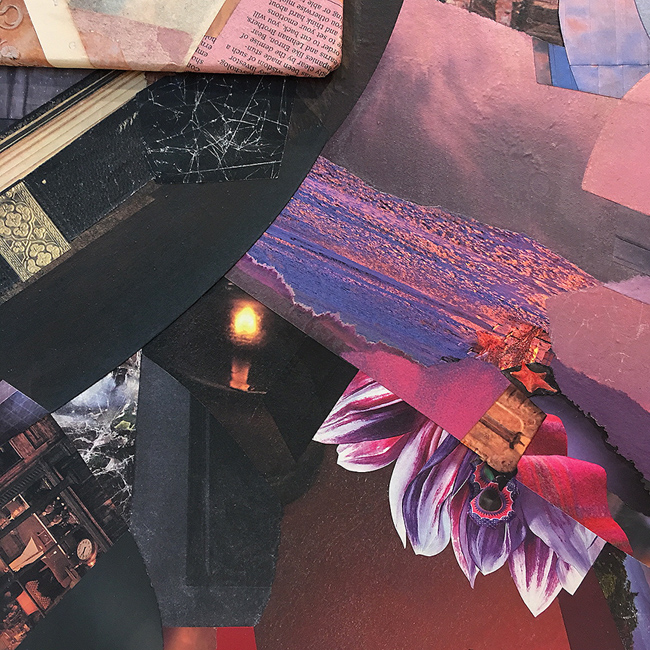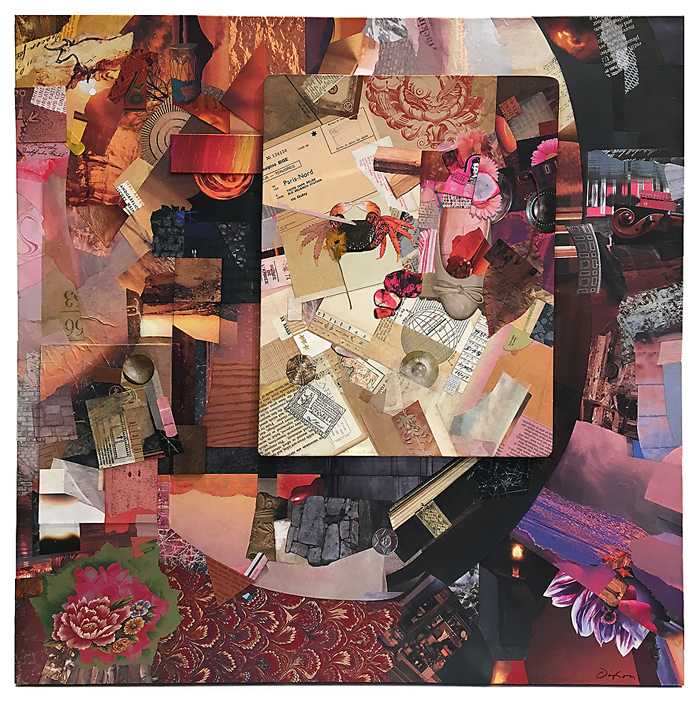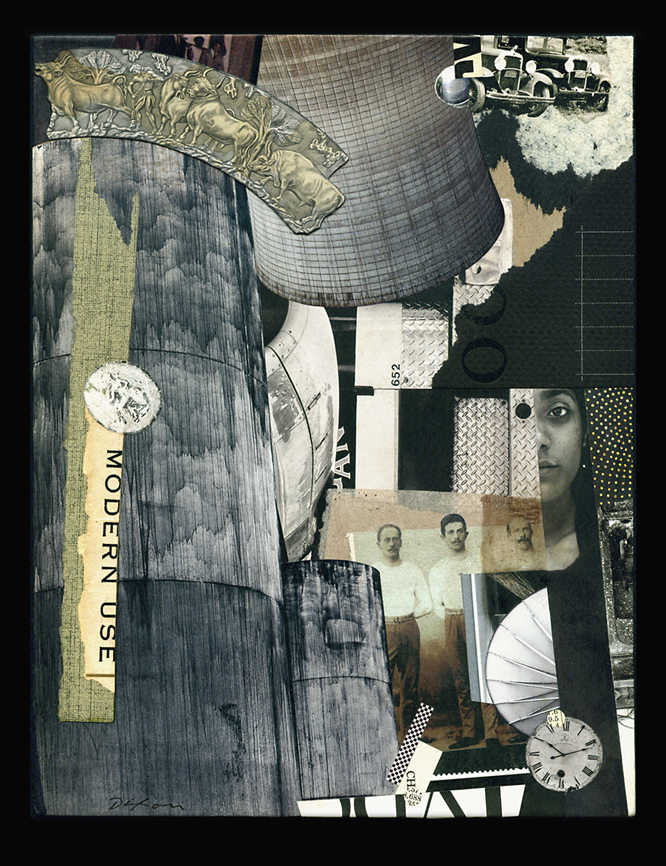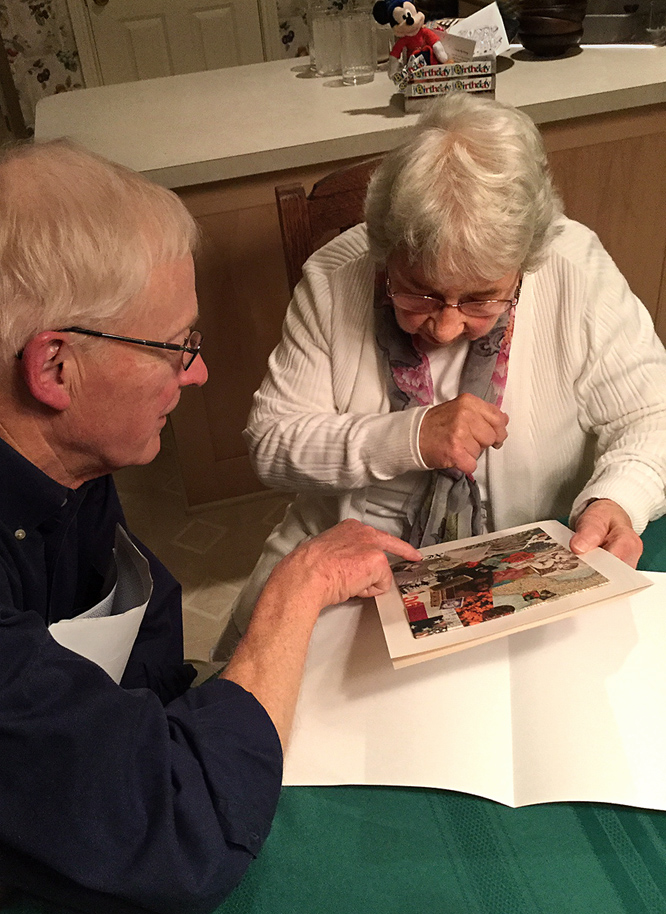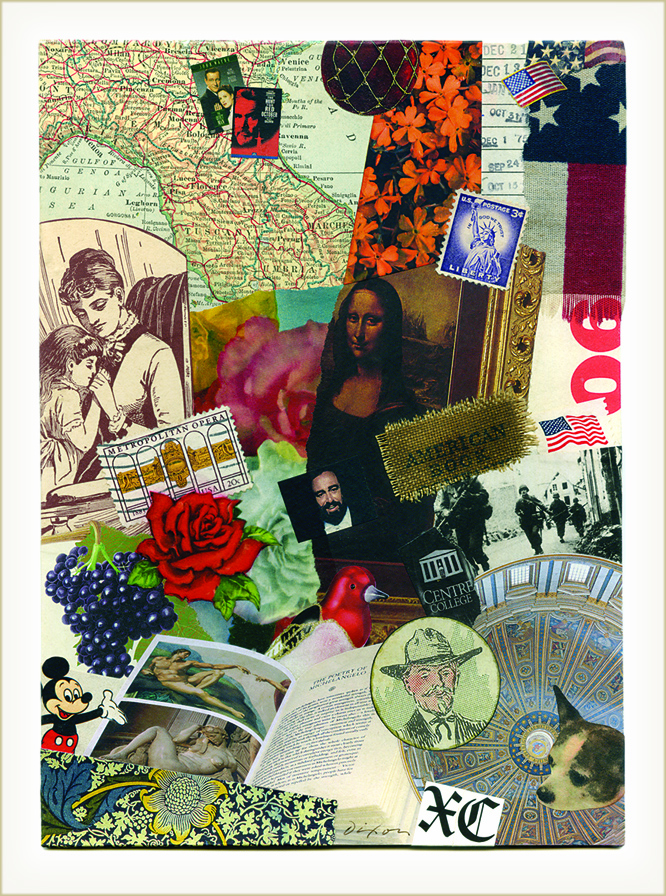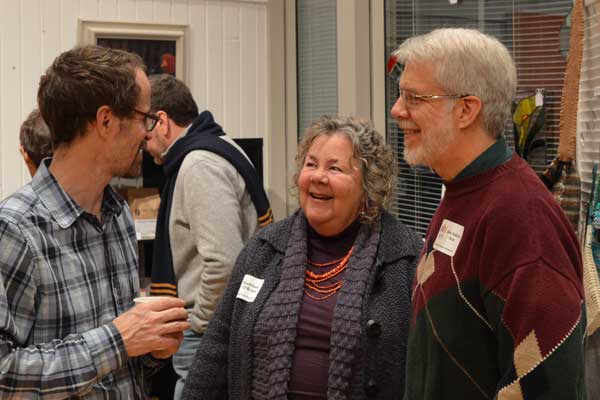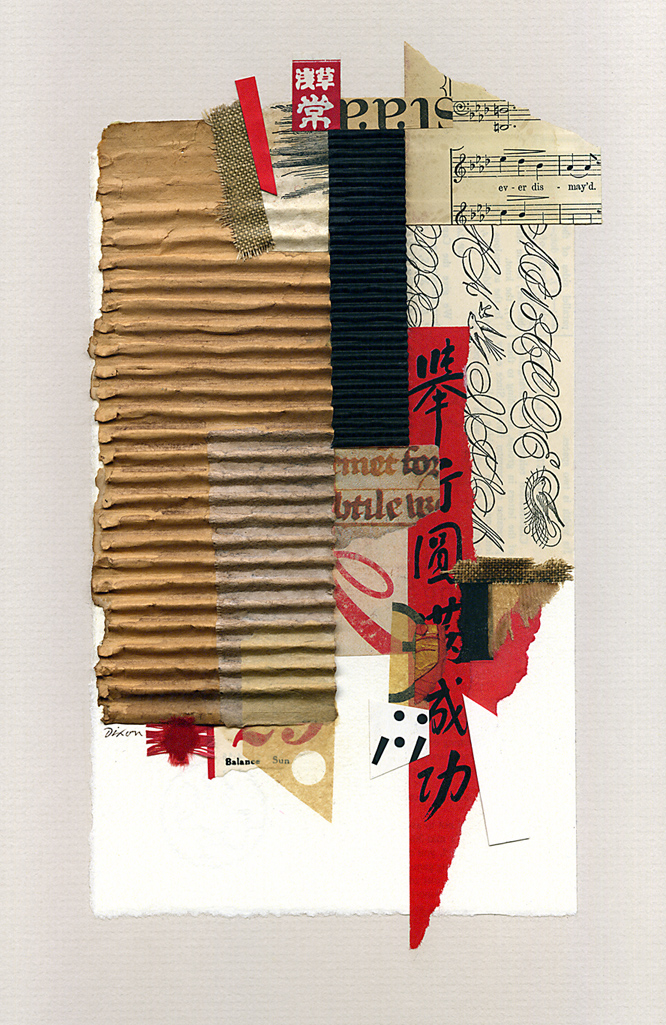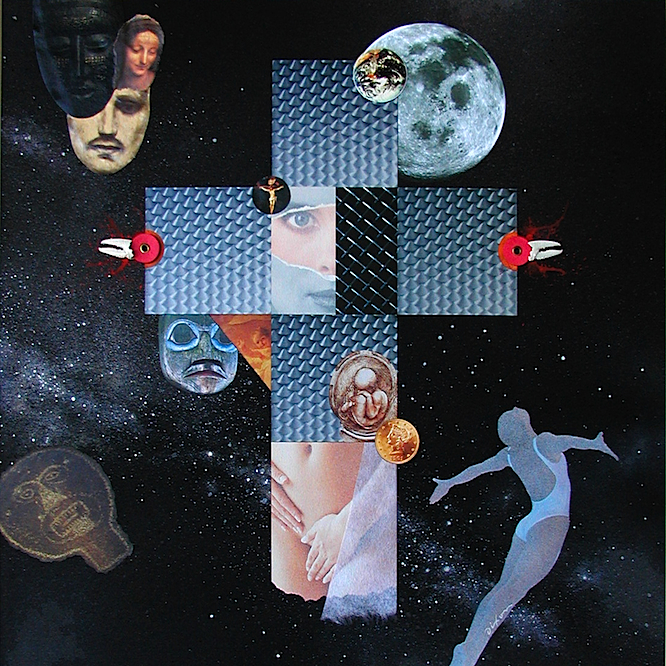“Real trust does not need verification;
if you have to verify, it is not trust.”
– Charles H Green
Being part of a regional group invited to unveil a “fourth-quarter” creation in January is something that I’ve come to deeply appreciate. It’s getting difficult to remember any other way to conclude a year of creative activity. Because I’ve routinely written here about our New Year New Art tradition, I don’t want to overdo the point. To bypass the typical curatorial scrutiny and be entrusted with hanging something sight unseen is a gratification that every working artist should know.
Zeitgeist originated as part of a process that I began over a year ago, but it had taken a back seat to a couple of other ideas that got more attention at the time. All three had been sparked by the NYNA catalyst. The only restriction that comes with the invitation is that the artwork be completed after August. This time, I didn’t get rolling until after the Thanksgiving holiday.
I’d just returned from a trip to Pennsylvania. Long-postponed pilgrimages to Chadds Ford and Fallingwater finally had been realized. Visions from the Barnes Collection and the Philadelphia Museum of Art were spilling over within my inner sight. I decided to bring the third of the thumbnail concepts to fruition in a manner that would not have occurred to me in 2018. I wanted to create a highly energetic, maximalist piece without losing control of its compositional stability. A loose structure offered a starting point, but I had to alternate intuitive bursts of “Merz assembly” with rational decisions that would visually anchor the dynamism. In addition, coordinated “B-Roll” embellishments were prepared nearby in the studio and inserted at the final stage. The process would bring into greater focus a refined method of harnessing small-format spontaneity when working big.
look back
at early- and
late-stage views
of my newest
big-scale work
(click each
to enlarge)
My personal orientation to collage remains with smaller dimensions, although some may question the continued self-description as a “miniaturist.” The practice seems to be evolving toward more frequent oversized works, in which I usually embed at least one miniature element that could stand on its own. The annual New Year New Art showcase has provided beneficial opportunities for me to shift from a comfortable frame of reference and build a body of larger collage paintings.
Zeitgeist
collage painting on canvas by J A Dixon
36 x 20.25 inches
available for purchase
